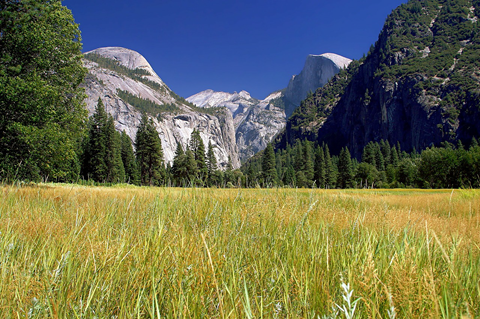Richard Louv’s provocative new book discusses what he calls “Nature Deficit Disorder”- a non-medical term that indicates the decline in outdoor play amongst the current generation of kids. From the jacket cover: the amount of space kids are allowed to roam freely outside their home is a ninth of what it was in 1970. I just returned from Canada where I was course coordinating a group of in-coming first year college students on their first ever “big” wilderness trip. 21 days in the Canadian boreal forest, paddling and portaging through remote and rough terrain (the boundary waters it ain’t!). Perhaps I am growing old. Or, perhaps this is what every educator eventually says about the younger generation… but boy are some of these kids in need of a serious kick in the pants! Someone once said: “the children now love luxury, they have bad manners, contempt for authority; they show disrespect for elders and love chatter in place of exercise…” Of course, that person was Socrates. So is it true that there is no difference between the generations other than the fact that the older one will always disparage the younger and vis versa? Is there any credence to the worry that this plugged-in generation is getting seriously mis-educated through computers, tv, cellphones and ipods? My observations on trail this summer point to some worries, for me. While many students did just fine, a substantial number are less physically fit and seem incapable of hard work than students I worked with even six years ago. Portages were trials for instructors and students alike as students balked at the effort needed to carry packs and canoes over 1KM of boggy terrain. Don’t get me wrong. These are good kids. But some of them seem to possess an utter lack of work ethic and a case of the heebie-jeebies for discomfort. Kurt Hahn saw this coming when he talked about his “modern declines” including handcraft and self-sufficiency. I lost count of the requests along the lines of “can you do this for me?” Sure, you might chalk it up to bad tone setting on the part of the instructors. But they looked like they were doing a pretty good job to me. Maybe this correlates to unstructured outdoor play as Louv suggests and maybe it does not. Maybe I am just yet another complaining “aDULLt” who doesn’t have a clue about generation next. I guess I know one thing: I am glad the students went out there. Glad they experienced the epic bugs, wind-blown paddling days, and boot-eating bog holes. Once, at the end of a particularly heinous portage a student (we’ll call her “Karen”) dropped her pack and looked at me with big eyes swarming with black flies and pronounced, “that sucked but that was awesome!” For every Karen that goes on a course and comes back with that fire in the belly, that is one less spectator in the great game of life. And, one more potentially engaged citizen who understands that “we are all crew and not passengers.” I take great hope in that.


